Introduction
Microgrid is a next-gen concept concerned with the generation of power that we need in everyday routine. This concept presumes a bunch of loads and micro resources as an only one administrable system providing heat and power to its local region. As far as the microgrid design is concerned, it is much diverse and consists of numerous major elements for successful operation. Any typical microgrid might contain major elements like load, electronic circuitries, and power sources.
The microgrids are seen utilized to generate electric power using the novel energy resources like solar, wind, fuel cells, etc. These several electric power production sources have the potential to segregate the microgrid from a bigger network and might be able to offer a much dependable electric power supply. Heat that gets generated from production assets like microturbines can serve space heating or local operation hearing, permitting flexible allowance between the requirements for electric power and heat.
Microgrid is the heart of many renewable energy projects, which is true for final year renewable energy projects as well. Microgrids and its integration will be discussed in detail in this article along with top 40+ renewable energy projects ideas.
Importance of Microgrids
Microgrids might be a forthcoming structure that can readily redress technical issues associated with essentially expanding deployment of renewable resources by techs of distributed power production for fulfilling the raising necessities of power quality and dependability. This microgrid is installed in distribution frameworks like client industrial or commercial infrastructures and small-scaled integrated power and heat infrastructures. Several advanced controls are incorporated in these infrastructures to empower them to work with a level of automation surpassing the conventional microgrid. The expanding necessities for the energy offering offered by electricity will be fulfilled with the utilization of a blend of techs, methodologies, and solutions. Assessment of the electricity demand creeping issue exhibits that microgrids are much suitable to take a vital part in the upcoming revolution of energy service delivery.
Check: Microgrid Projects
Selecting and optimizing Renewable Energy Resources
When it comes to the power production through renewable energy resources, the most significant step in it is the appropriate selection of the resources. This selection of renewable energy resources for power production relies mainly on the factors like environment chosen for deployment and location. Much readily used renewable energy resources include the three resources like fuel cell, wind, and solar. For optimizing power production using renewable energy resources, efficient monitoring and effective energy storage facilities are required. For serving the evolutions taking place in the arena of Information and Technology, the requirement for handling DC loads is ever increasing and thereby, the selection and optimization of renewable energy projects and microgrids have become indispensable.
Also Read: Wind Renewable Energy Projects
Renewable Energy Techs to be considered for successful integration
Renewable resource to- grid integration is concerned with the construction of microgrids along with wind, solar, and storage facilities in rural regions or for isolate from the major grid once the interruption happens. This integration can be successful only with the inclusion of certain state-of-the-art techs, which have been mentioned below.
Fuel Cells
Several fuel cell techs have already been utilized or being developed for producing power. The major attractiveness towards the fuel cell is its capability to efficiently convert and acquire electrical power in the absence of heat retrieval. Generally, the related tech incorporated in microgrid is the fuel cell powered with phosphoric acid. Additionally, a few other cells with composition like solid oxide, molten carbonate, proton exchange membrane are also found incorporated in microgrid.
Microturbines
Microturbines are usually built was major components like smaller gas-operated turbine placed over only one shaft along with a generator. These microturbines are available in wide range of sizes from 30 kW to 100 kW and they can give rise to around 30 % efficiency. Integrated power and heat process has the potential to raise the net system efficiency to around 70 % to 80 %. Microturbines along with the integrated power and heat processes can produce on-site power at prices in a competitive fashion.
Photovoltaic Cells
Photovoltaic tools are found deployed for numerous of years since its initial usage by space programs at United States. These tools depend upon sunrays for generating DC voltage at terminals of cell. The quantity of current and voltage that these photovoltaic tools can generate relies on the quantity of sunrays captured and the cell layout. Systems using photovoltaic techs utilize cell arrays that can be stationary or trace the sun for acquiring supplementary energy. Individually deployed systems often need storage facility for accommodating available sunrays for excessive power necessities. Photovoltaic structures are known to work with quietness, nil emissions, and increased reliability.
Wind Turbines
Commercial production of power using the wind resource is already in practice in the past few years. The majority of power supply is being acquired from the wind farms, which comprises diverse varieties of wind turbines ranging from 700 kW to 1.5 MW. These wind turbines commonly utilize an induction generator powered by a rotor (containing blades). During the stand-alone operation of these turbines, the storage systems or related production systems need to supply the excessive power necessity than retained wind resource.
Solar Thermal
Sterling dish is the major tech for small-scaled production techs in the solar thermal sector. This kind of tech is currently investigated in the range between 10 kW and 25 kW. In this structure, an array of mirrors tracking sunrays is used for concentrating the light onto a smaller receiver. The heat acquired by the receiver is passed on to the hot side of a sterling engine. This engine consumes working fluid in an enclosed revolution with the aim of pushing pistons and rotating the shaft. The revolution of shaft is utilized to spin an induction generator, which is in turn linked onto the electric grid in case of sterling dish.
Major elements of typical Microgrid and its operation
The major elements that any typical microgrid comprise are as follows:
- Fuel cell
- Solar cell
- Wind energy systems
- Mini-hydro systems
- Energy storage systems
More than often, the above-said elements need to be integrated in a typical microgrid structure to serve diverse needs like storage of energy; production of electricity; and accomplishing the normal operation of load with the connection to a macro grid. Generally, a microgrid works in 2 operations, namely, stand-alone operation and grid connected operation. It is much favorable to witness the microgrid operating in either major grid disconnection mode or stand-alone mode. Subsequently, it is possible for the microgrid to operate automatically. Loads and production in it are commonly interlinked at reduced level of voltage. However, the major challenge lies in advanced microgrid operations (opposite to the singular controlling in the past), wherein several counts of power systems that are connected to it can be handled wiser only if the operator is wise enough.
Advantages of microgrids
The deployment of microgrids can give rise to certain advantages, which are as follows:
- It has the potential to customize the power quality delivered to fulfill the necessities of every application.
- It can impart flexibility to the system supplying power.
- A much beneficious environment microgrids eventually yields out energy efficacy and thereby draws small-scaled renewable production investments.
Known challenges in the integration of Microgrids
In this section, a few challenges encountered in the integration of microgrids in case of renewable energy projects are listed below.
- Losses are known to occur in any power production systems involving microgrids because of many technical constraints including its location. The computation of losses is also dependent on such technical constraints, based on which optimizations and enhancements need to be made.
- The degradation of power factor cannot be prevented due to the out of phase between voltage and current that was caused by capacitors, motors, etc. Unless the operator acts, the power factor degradations continue to happen.
- An exact synchronization of both current and voltage is required for preserving the reliability of the grid.
Top 40+ Renewable Energy Projects Ideas
Many renewable energy projects for engineering students have been curated and presented below.
- An Enhancement of Power Quality with Efficient Active Power Transfer Capability in a PV–BSS-Fed UAPF for Microgrid Realization
- Junction Street Light System Automatic Control Using Renewable Energy Resource
- Integration of photovoltaic energy into the electrical network using a multi-level(three level SVPWM) inverter with Z source
- Simulation and Modelling of MPPT based PV System Connected with Boost Converter
- INTEGRATION OF WIND TURBINE SYSTEM WITH MODE TRANSITION STRATEGY
- Simulation and Modeling of STATCOM and Wind farm in Transmission Line Using Matlab and Analysis of Bus Voltage
- Control of ILC in an Autonomous AC–DC Hybrid Microgrid with Unbalanced Nonlinear AC Loads
- A New Multiport DC-DC Converter for DC Microgrid Applications
- Performance Analysis of Voltage Multiplier Coupled Cascaded Boost Converter with Solar PV Integration for DC Microgrid Application
- Rule-Based Power Management and Quality Enhancement in a Standalone Microgrid
- Pnklmf Based Neural Network Control And Learning Based Hc Mppt Technique For Multi-objective Grid Integrated Solar Pv Based Distributed Generating System
- Hybrid Wind-PV-Battery Energy Management-Based Intelligent Non-Integer Control for Smart DC-Microgrid of Smart University
- Minimizing Energy Storage Utilization in a Stand-Alone DC Microgrid Using Photovoltaic Flexible Power Control
- Distributed Incremental Adaptive Filter Controlled Grid-Interactive Residential Photovoltaic-Battery Based Microgrid for Rural Electrification
- Solar PV-BES Based Microgrid System With multifunctional VSC
- Mitigation of transient over voltages in microgrid including PV arrays
- Development Of Wind And Solar Based Ac Microgrid With Power Quality Improvement For Local Nonlinear Load Using Mlms
- Smes-based Fuzzy Logic Approach For Enhancing The Reliability Of Microgrids Equipped With Pv Generators
- Fault Current Hierarchical Limitation Strategy For Fault Ride-through Scheme Of Microgrid
- Improved Mode-adaptive Droop Control Strategy For The Dc Microgrid
- A control approach with seamless transition capability for a single-phase inverter operating in a microgrid
- Robust Normalized Mixed Norm Adaptive Control Scheme for PQ Improvement at PCC of a Remotely Located Wind-Solar PV-BES Microgrid
- Voltage-Source Control of PV Inverter in a CERTS Microgrid
- Performance Assessment of Three Phase NPC Based Grid Integrated Single Stage Solar PV System with Reduced DC-bus Capacitor
- Power Quality Assessment of CPUC Based Solar Photovoltaic System With NLMS for Grid-Tied Applications
- Hybrid-Modulation Hysteresis Scheme Based Decoupled Power Control of Grid-Connected Inverter
- Fractional Order Notch Filter for Grid-Connected Solar PV System with Power Quality Improvement
- Grid Synchronization of WEC-PV-BES Based Distributed Generation System using Robust Control Strategy
- Dual Mode Operation of Wind-Solar with Energy Storage Based Microgrid Integrated to Utility Grid
- Frequency Adaptive Multistage Harmonic Oscillator for Renewable Based Microgrid under Non-Ideal Grid Conditions
- Back Propagation Algorithm Based Controller for Autonomous Wind-DG Microgrid
- Control of DFIG Wind Power Generators in Unbalanced Microgrids Based on Instantaneous Power Theory
- Coordinated Control Strategy for Hybrid OFF-Grid System Based on Variable Speed Diesel Generator
- Power Compensation Control for DFIG-Based Wind Turbines to Enhance Synchronization Stability during Severe Grid Faults
- Energy Management and Optimization of Vehicle-to-grid Systems for Wind Power Integration
- An Uninterruptable PV Array-Battery Based System Operating in Different Power Modes with Enhanced Power Quality
- Performance Analysis of Renewable Energy Based Distributed Generation System Using ANN Tuned UPQC
- Multi-Objective Control Strategy for Power Quality Improvement in Wind-Solar Distributed Generation System under Harmonically Distorted Grid
- Three Level T Type Quasi Z Source PV Grid Tied Inverter with Active Power Filter Functionality under Distorted Grid Voltage
- Multiport Power Management Method with Partial Power Processing in a MV Solid-State Transformer for PV, Storage, and Fast-Charging EV Integration
- A Novel Single Phase Grid Connected Transformer-Less Solar Micro-Inverter Topology With Power Decoupling Capability
- Sensorless Field Oriented SMCC Based Integral Sliding Mode for Solar PV Based Induction Motor Drive for Water Pumping
- Construction and Performance Investigation of Three-Phase Solar PV and Battery Energy Storage System Integrated UPQC
- Power and Current Limiting Control of Wind Turbines Based on PMSG Under Unbalanced Grid Voltage
- A Dynamic Coordination Control Architecture for Reactive Power Capability Enhancement of the DFIG-based Wind Power Generation
Check: Trending Final Year Renewable Energy Projects
Summary
Integrating microgrids into the renewable energy-based power production system across the current utility grids is the initial attempt to transform to the smarter grid system from the traditional power systems. The major challenge in the successful implementation of any renewable energy projects is that many people are not ready to accept the transition to renewable energy-based power production systems from the oil-empowered systems.

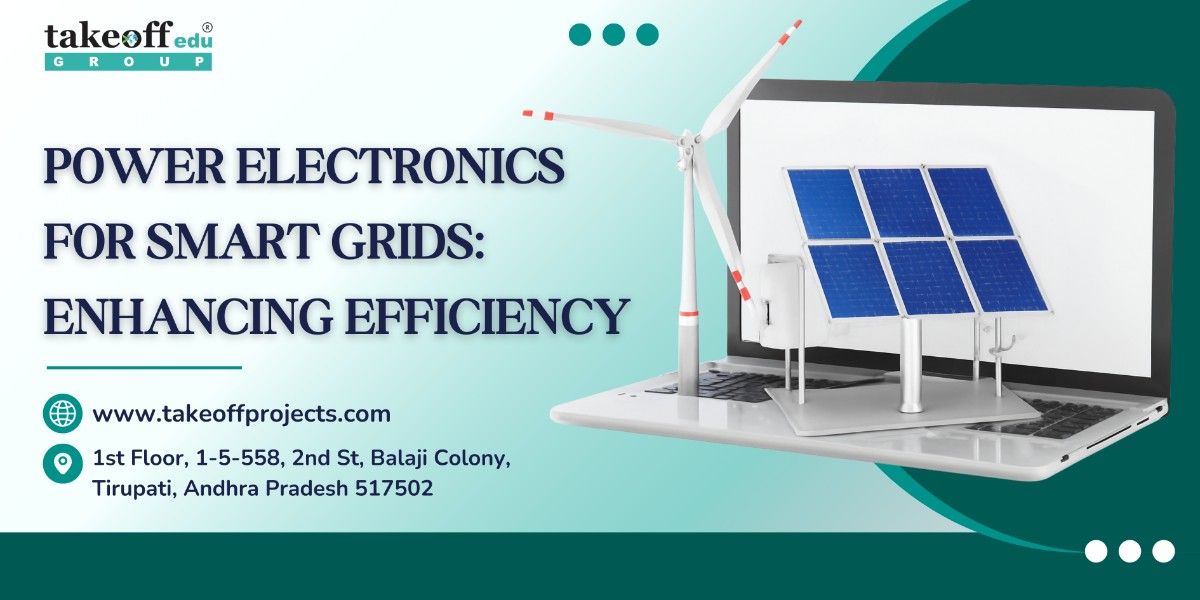 Power Electronics for Smart Grids: Enhancing Efficiency
Power Electronics for Smart Grids: Enhancing Efficiency 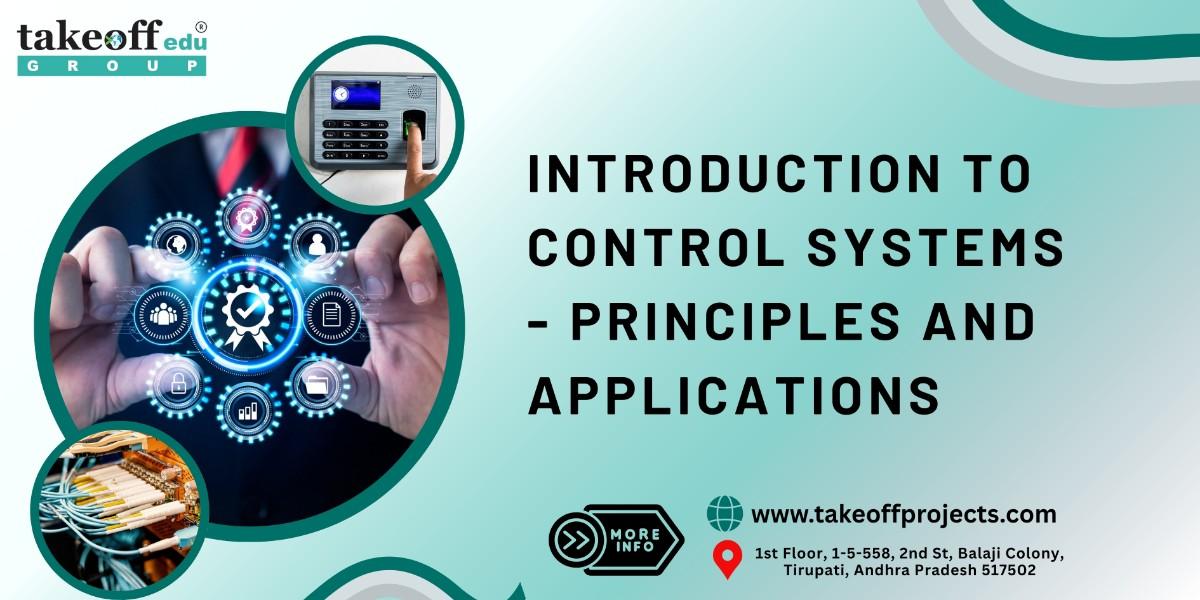 Introduction to Control Systems: Principles and Applications
Introduction to Control Systems: Principles and Applications 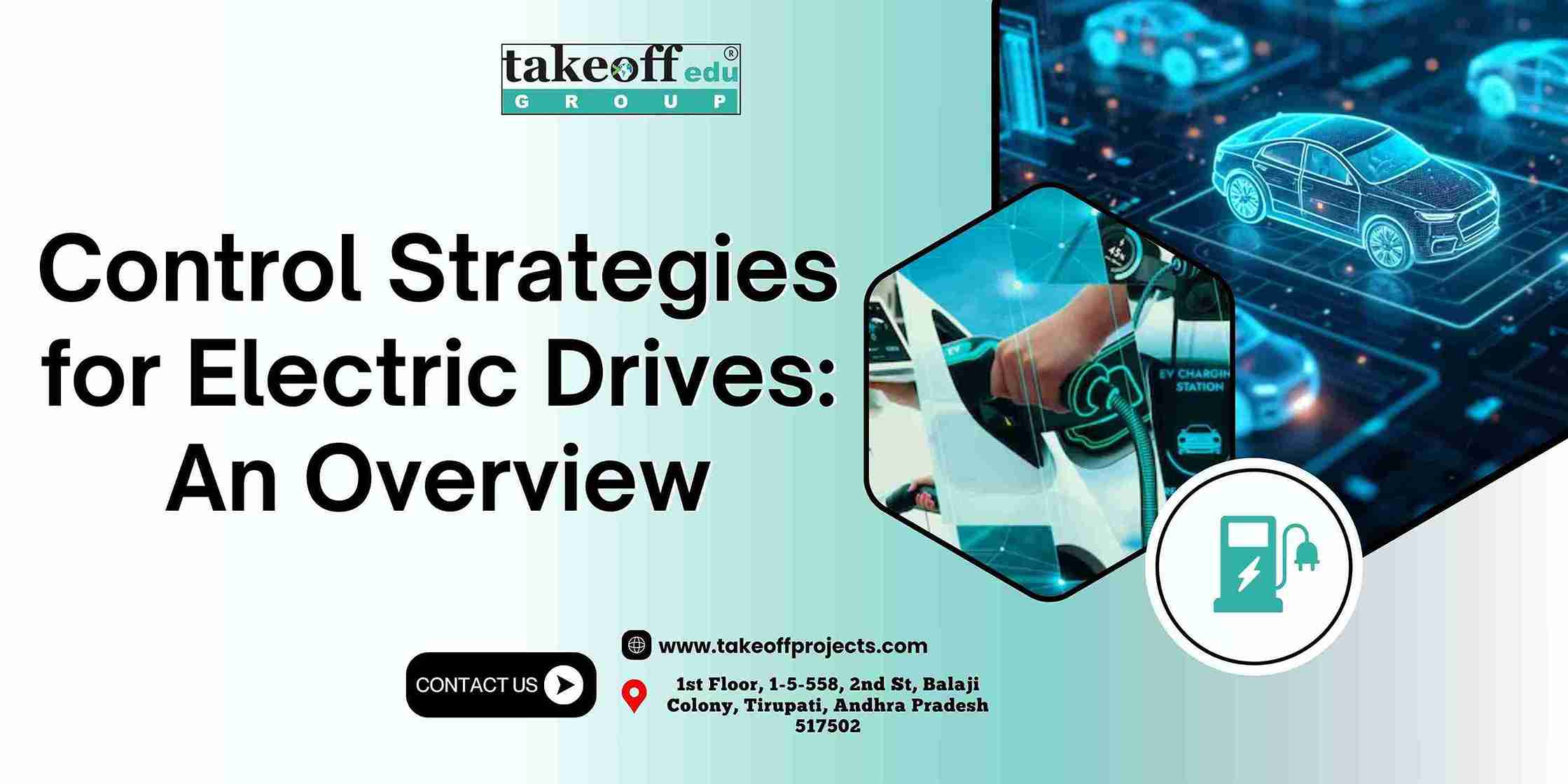 Control Strategies for Electric Drives: An Overview
Control Strategies for Electric Drives: An Overview 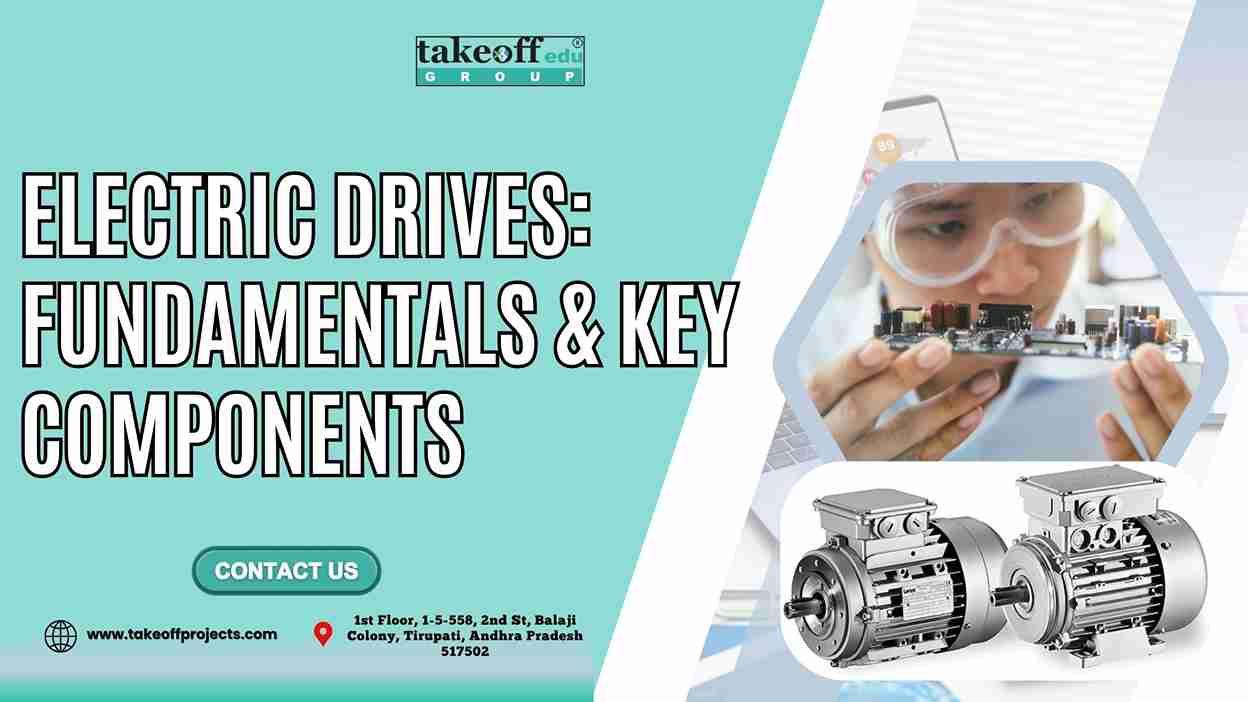 Electric Drives: Fundamentals & Key Components
Electric Drives: Fundamentals & Key Components 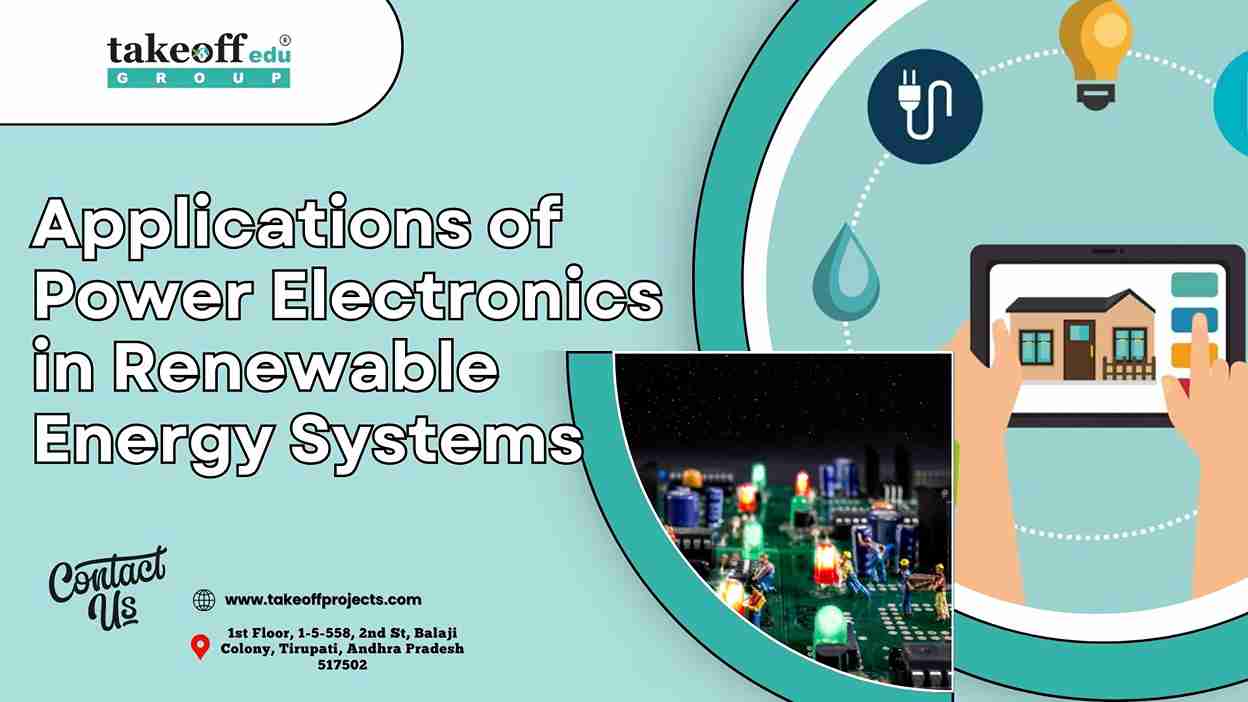 Applications of Power Electronics in Renewable Energy Systems
Applications of Power Electronics in Renewable Energy Systems 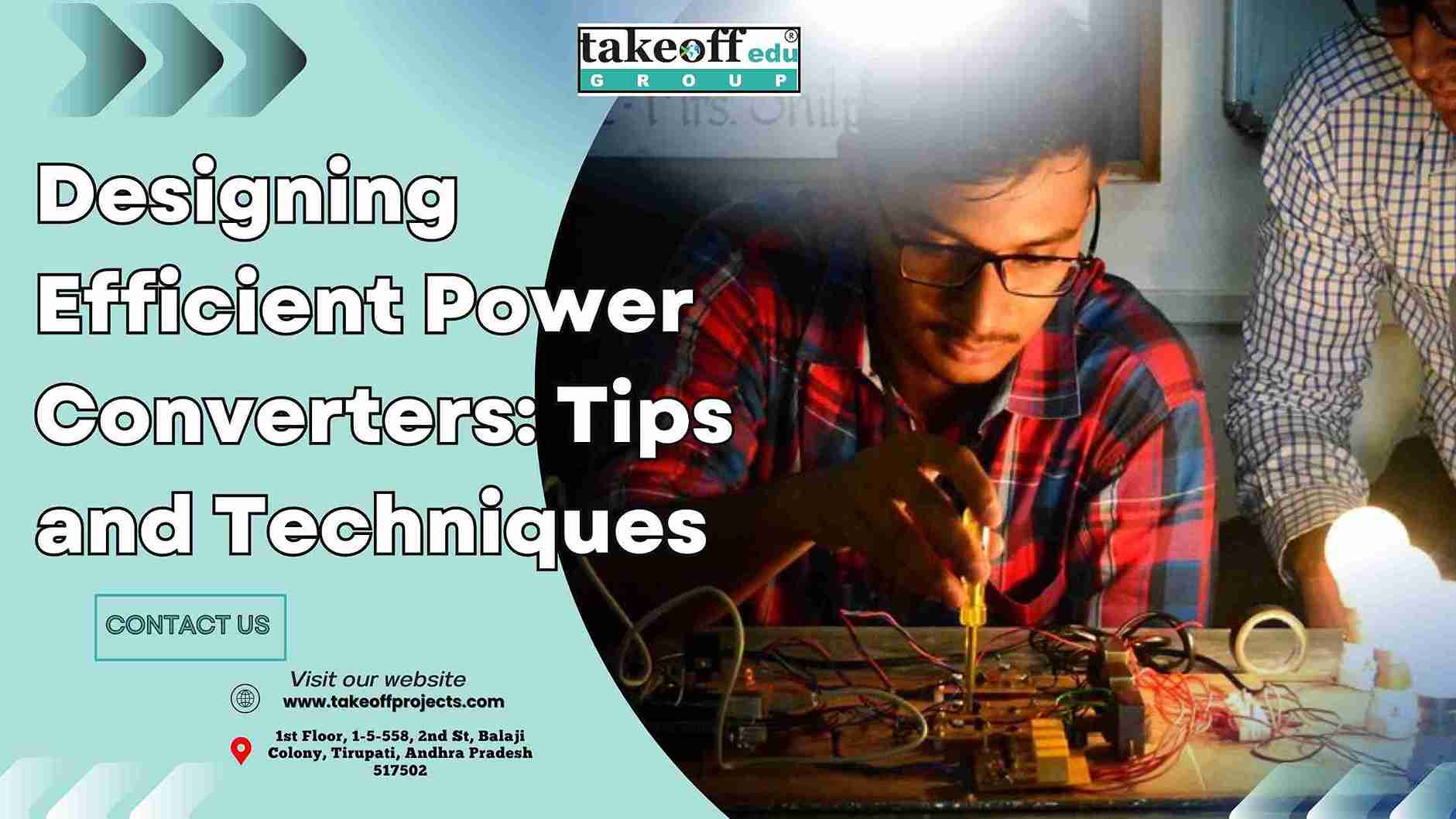 Designing Efficient Power Converters: Tips and Techniques
Designing Efficient Power Converters: Tips and Techniques 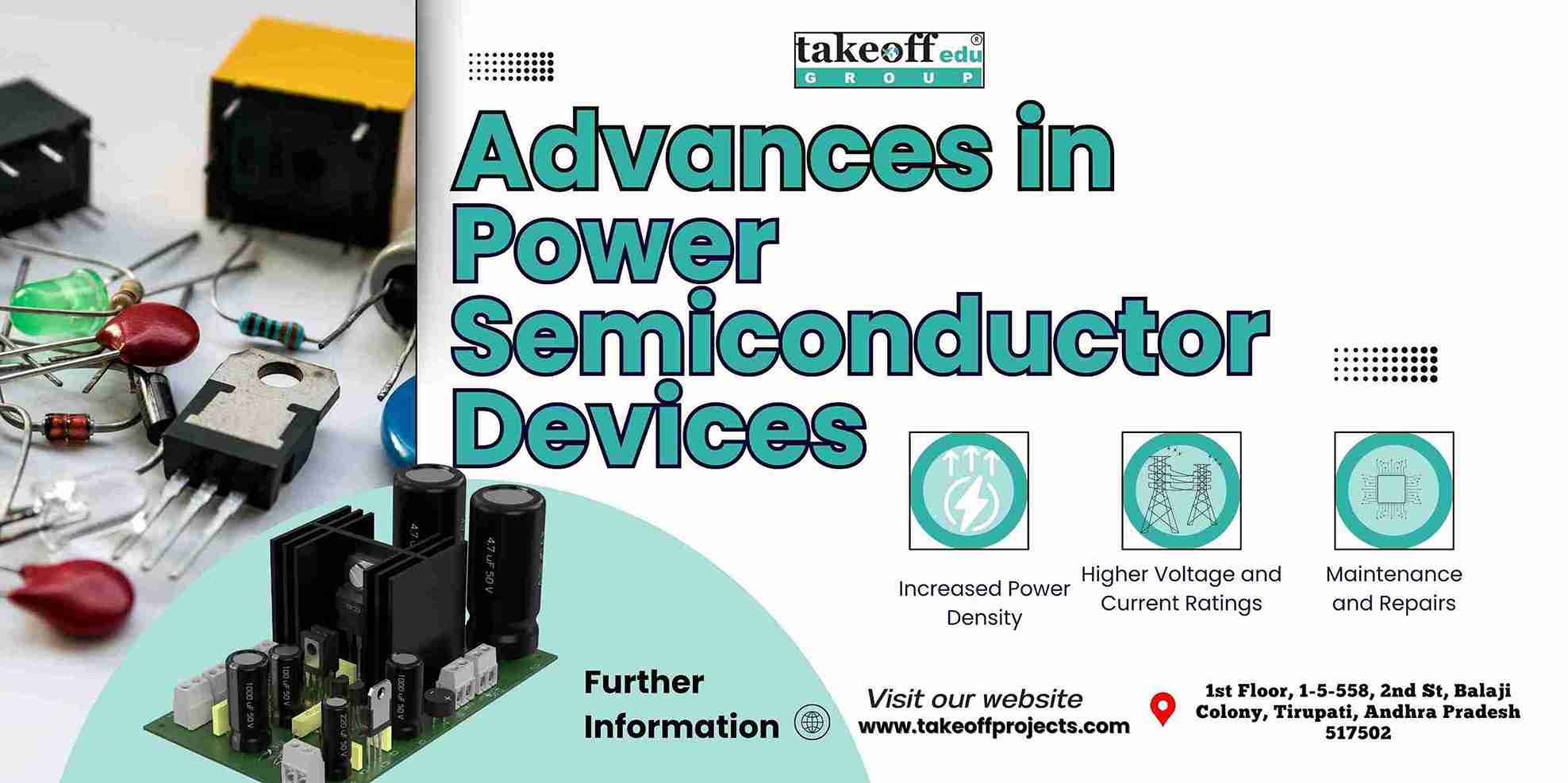 Advances in Power Semiconductor Devices
Advances in Power Semiconductor Devices 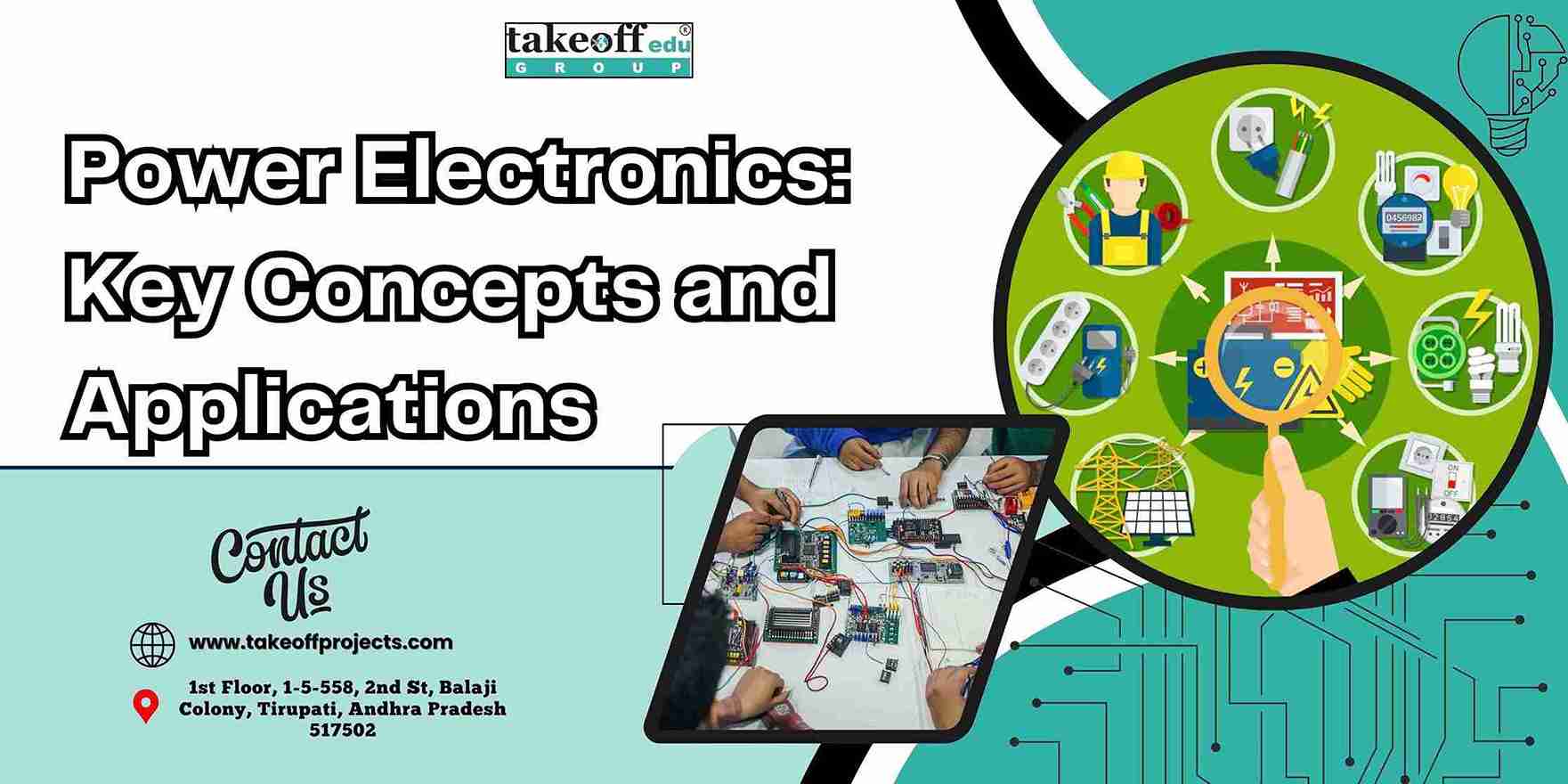 Power Electronics: Key Concepts and Applications
Power Electronics: Key Concepts and Applications  Cybersecurity in Power Systems: Protecting Critical Infrastructure
Cybersecurity in Power Systems: Protecting Critical Infrastructure 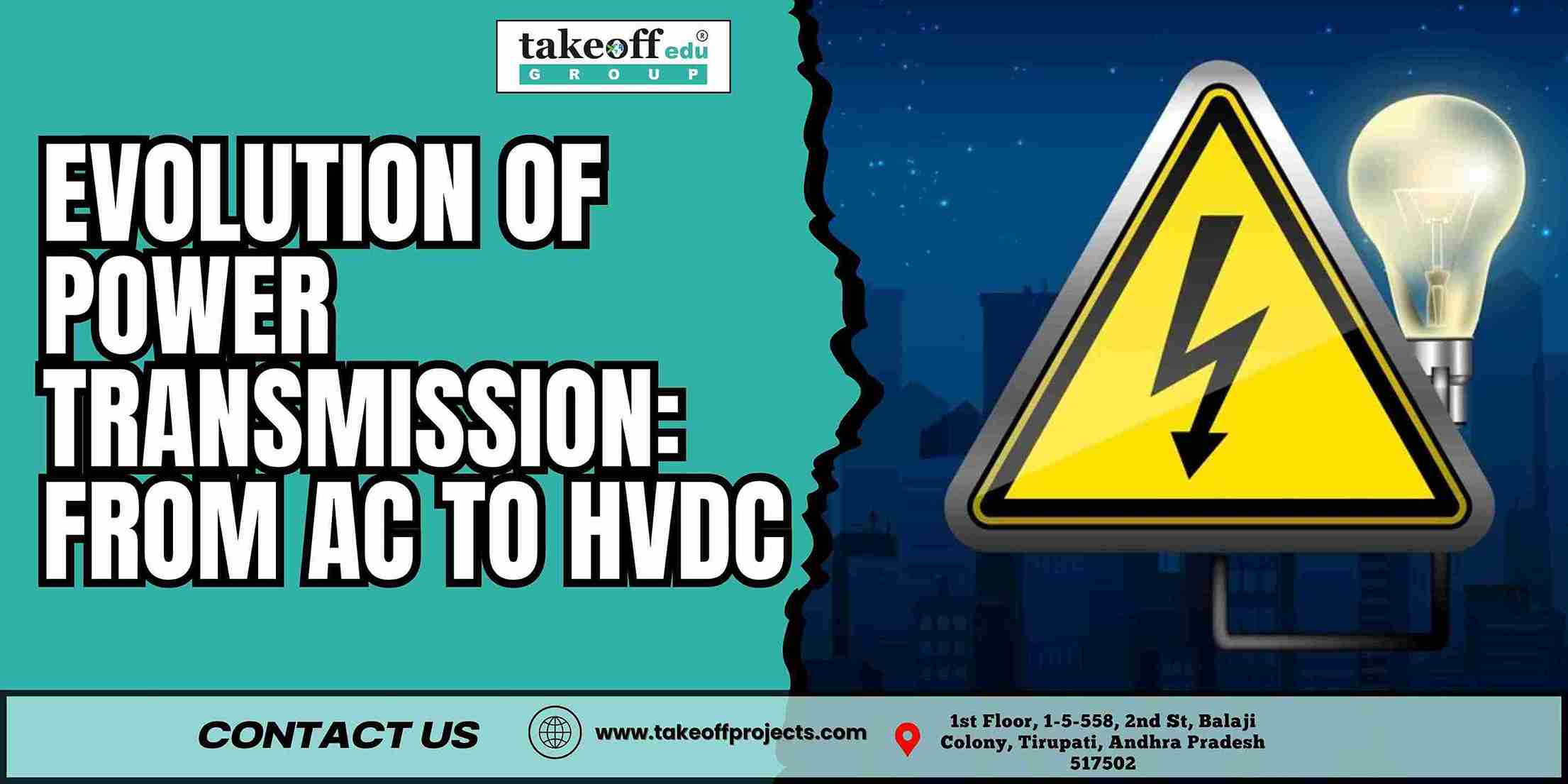 The Evolution of Power Transmission: From AC to HVDC
The Evolution of Power Transmission: From AC to HVDC  Impact of Energy Storage on Power System Management
Impact of Energy Storage on Power System Management 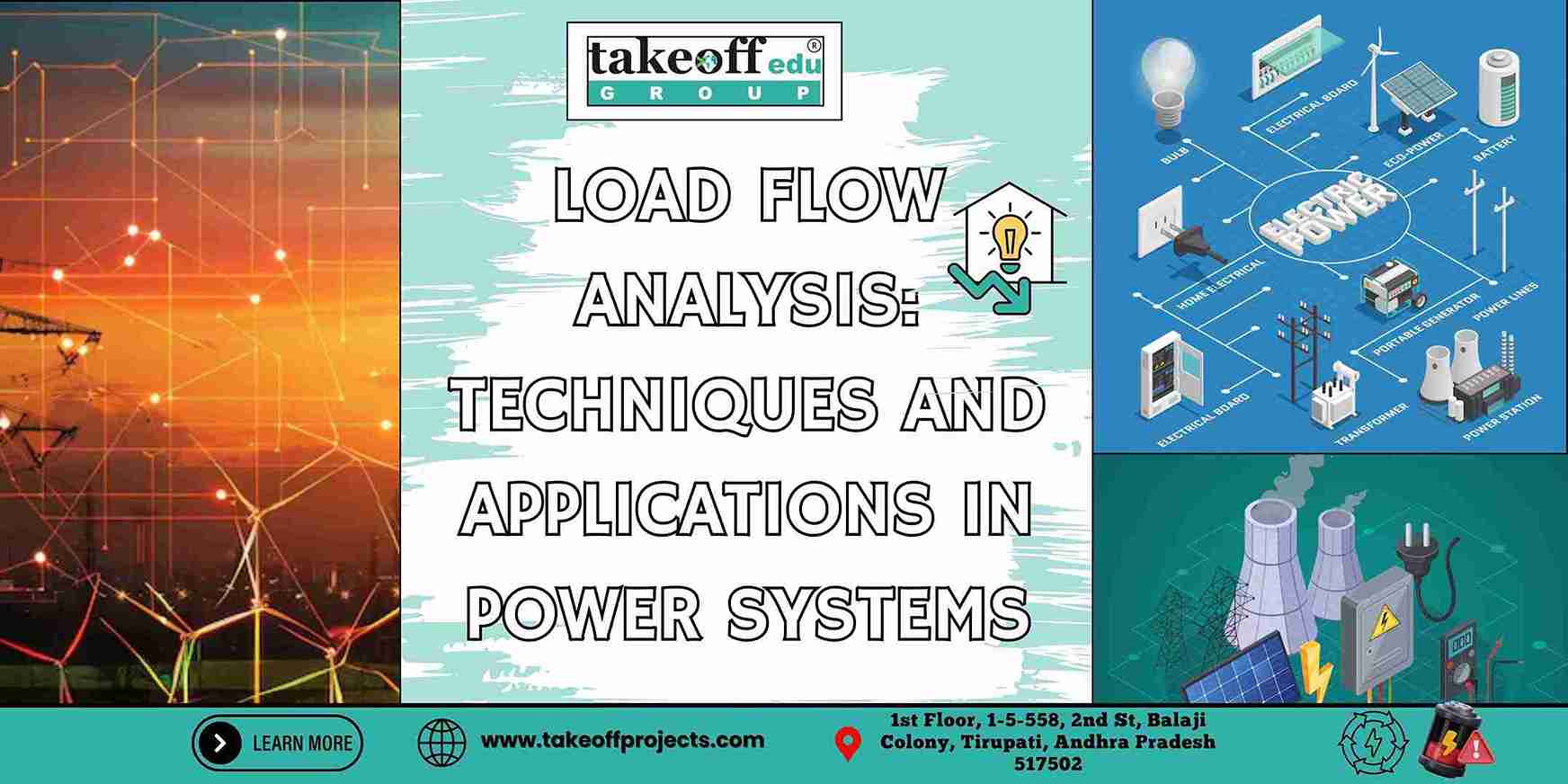 Load Flow Analysis : Techniques and Applications in Power Systems
Load Flow Analysis : Techniques and Applications in Power Systems 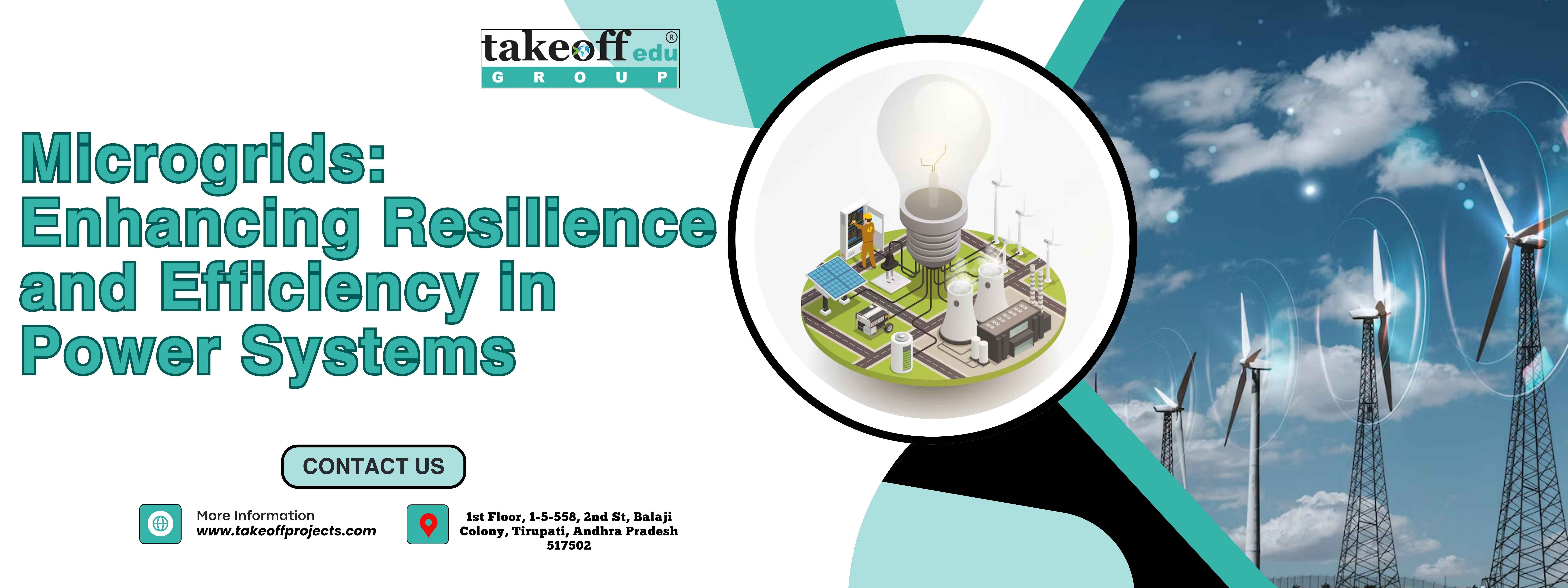 Microgrids: Enhancing Resilience and Efficiency in Power Systems
Microgrids: Enhancing Resilience and Efficiency in Power Systems  Innovative Technologies in Power System Protection
Innovative Technologies in Power System Protection 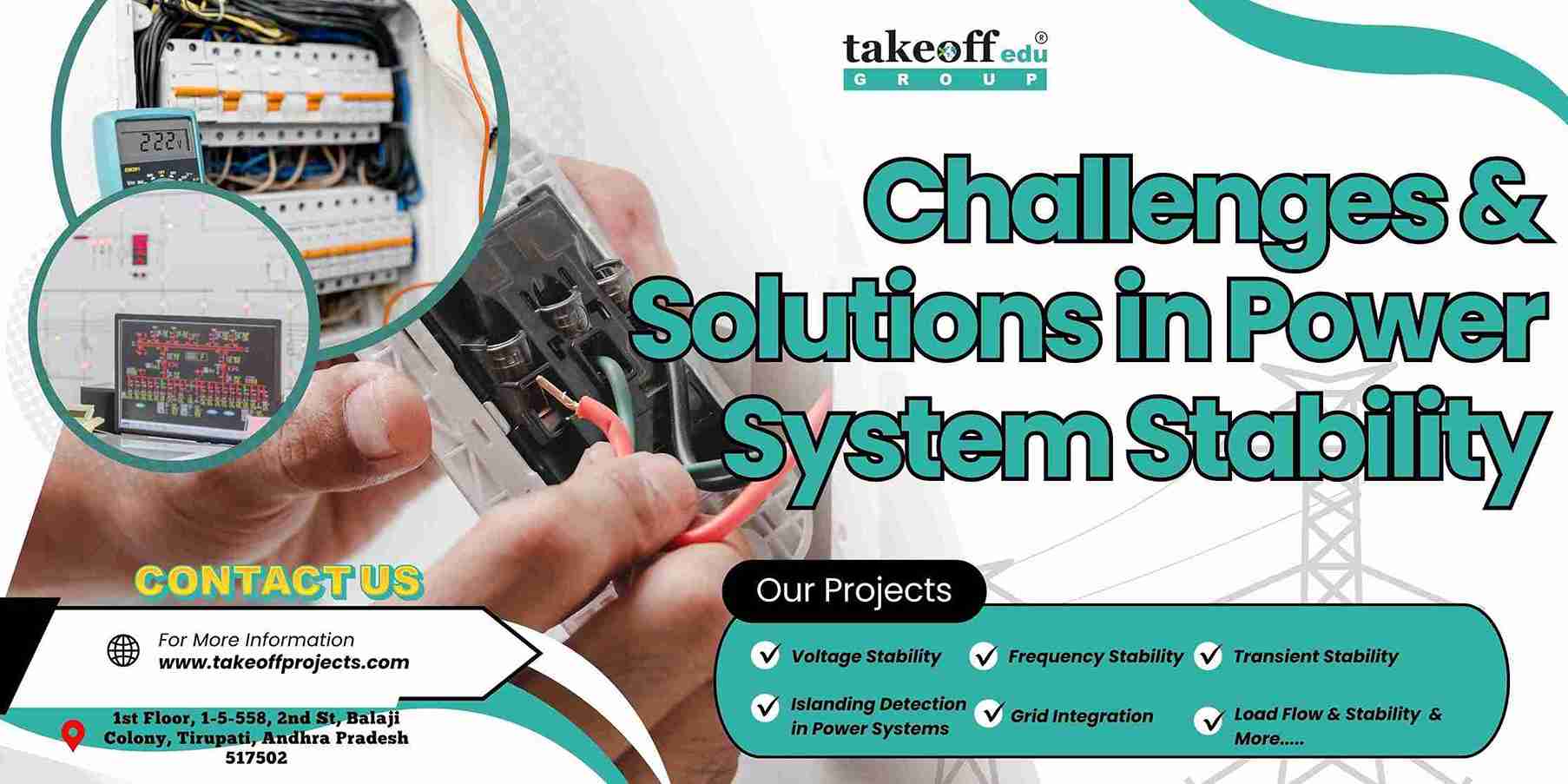 Challenges and Solutions in Power System Stability
Challenges and Solutions in Power System Stability 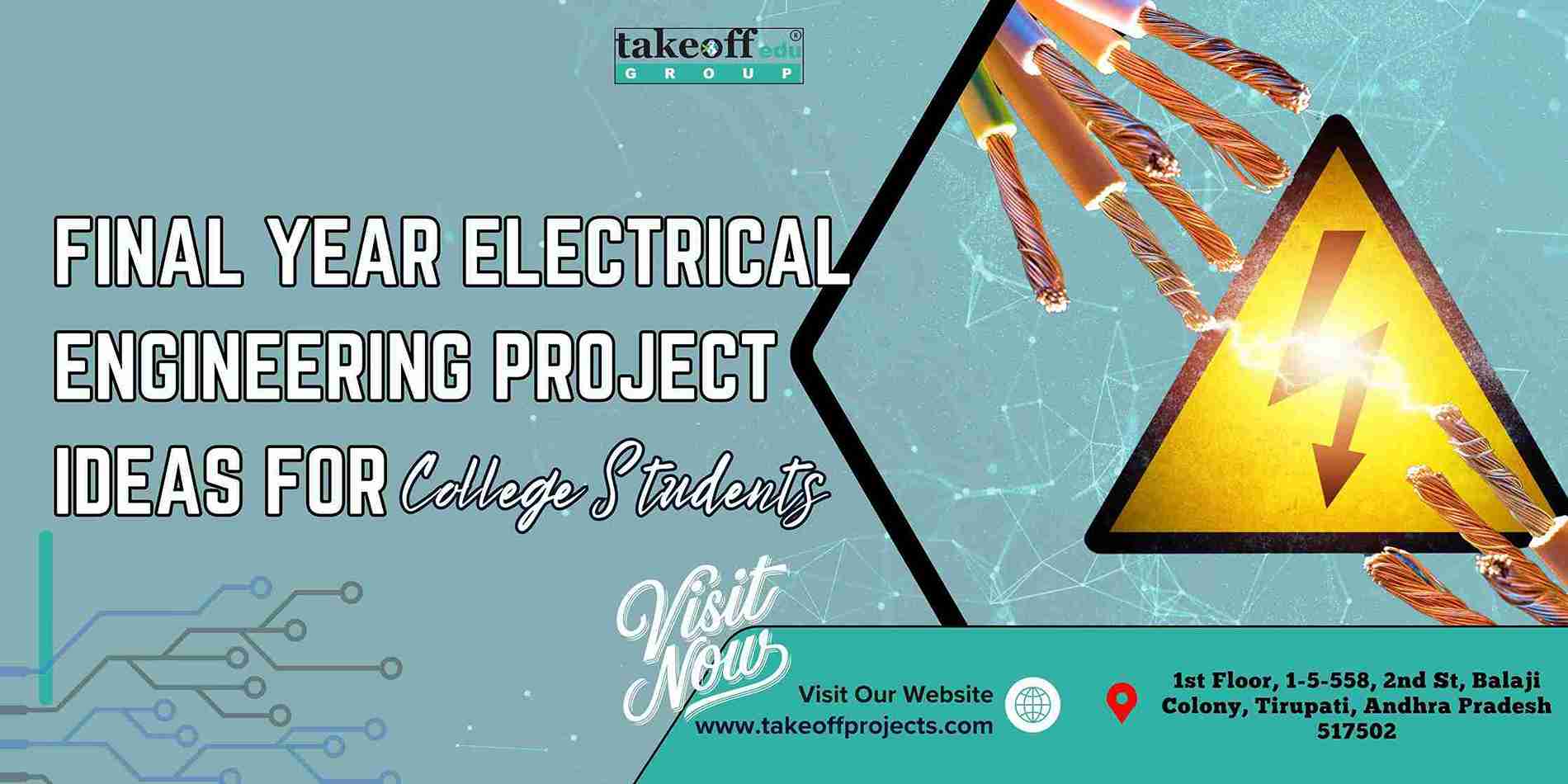 Final Year Electrical Engineering Project Ideas for College Students
Final Year Electrical Engineering Project Ideas for College Students 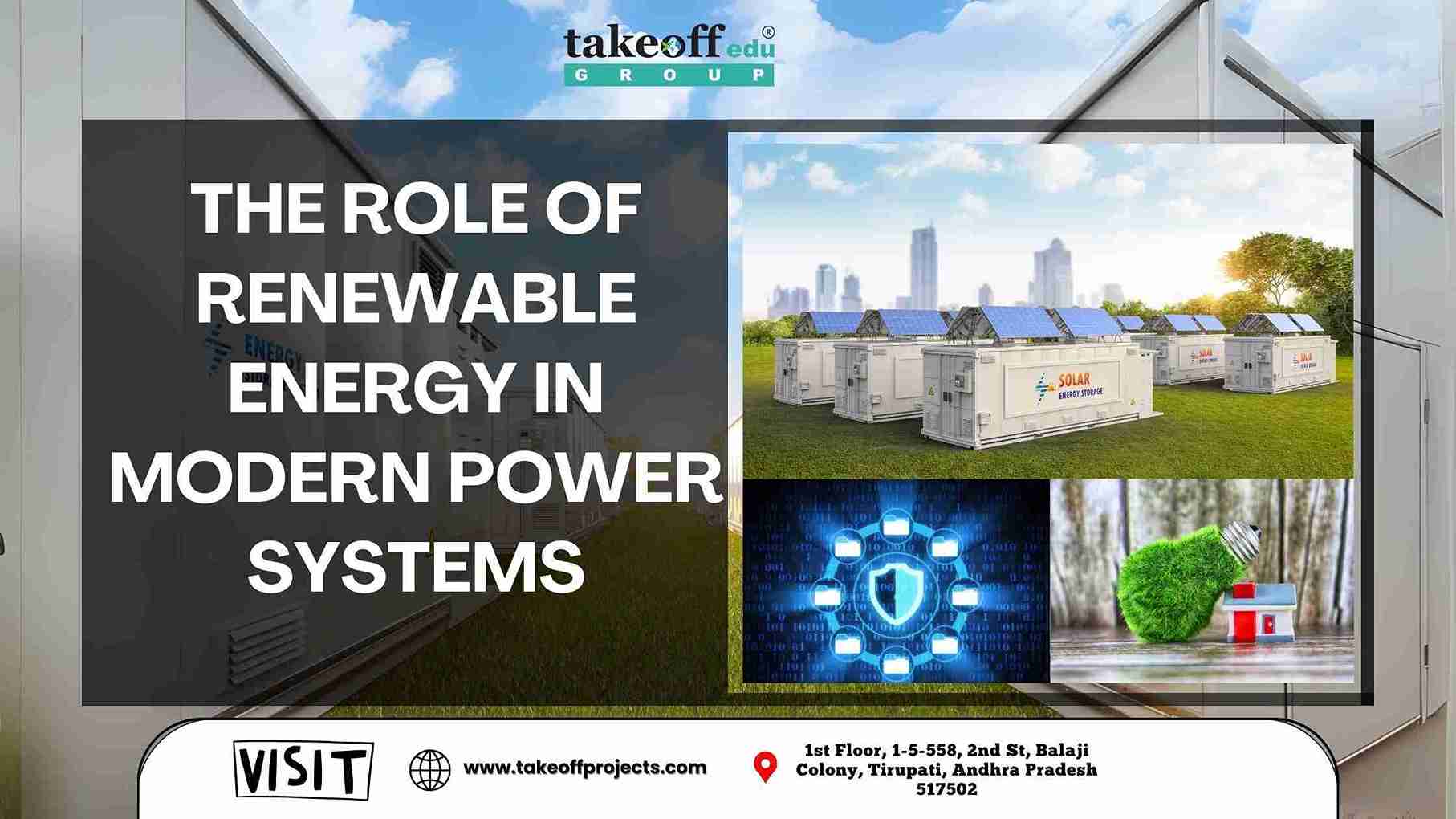 The Role of Renewable Energy in Modern Power Systems
The Role of Renewable Energy in Modern Power Systems 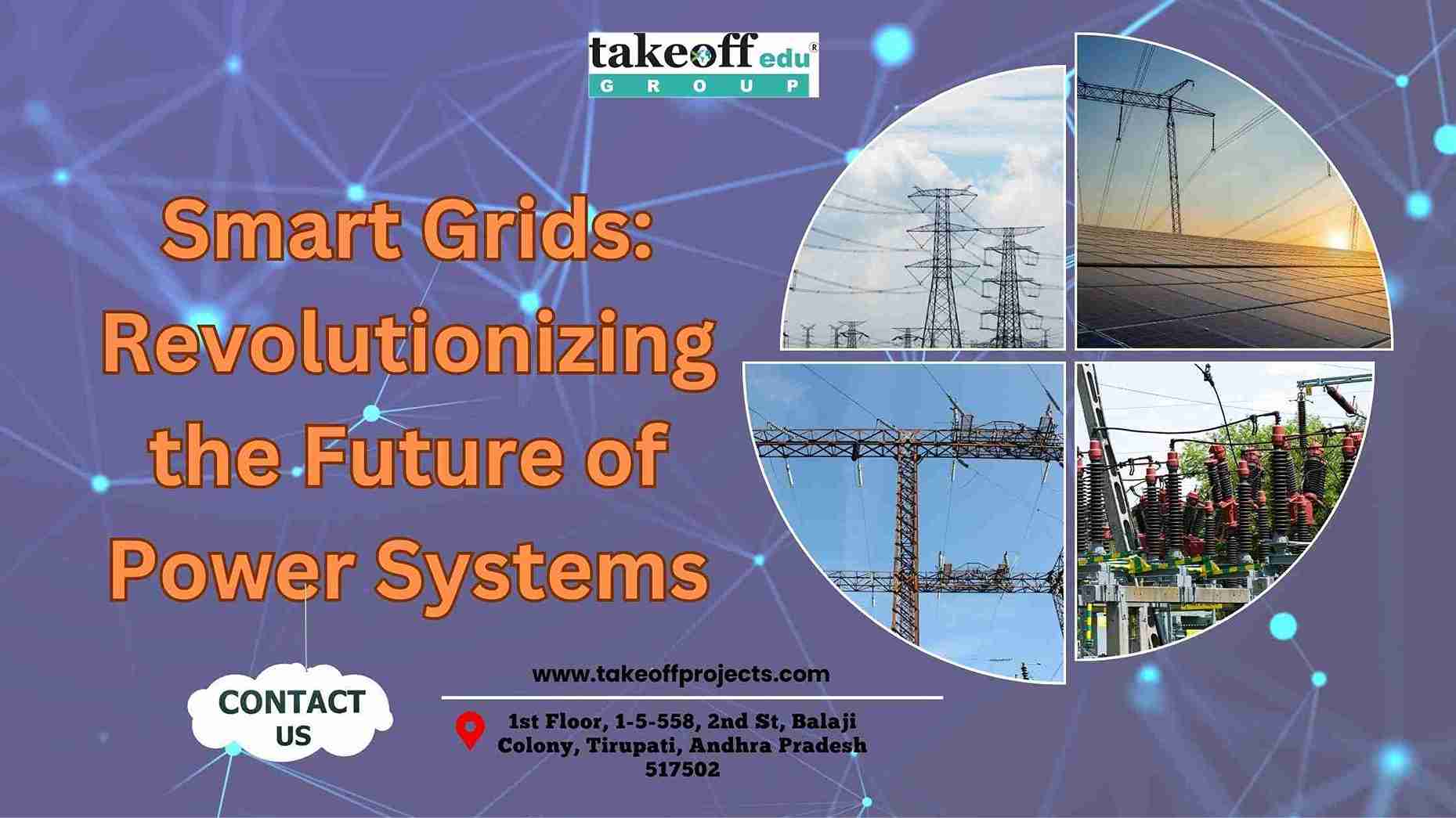 Smart Grids: Revolutionizing the Future of Power Systems
Smart Grids: Revolutionizing the Future of Power Systems 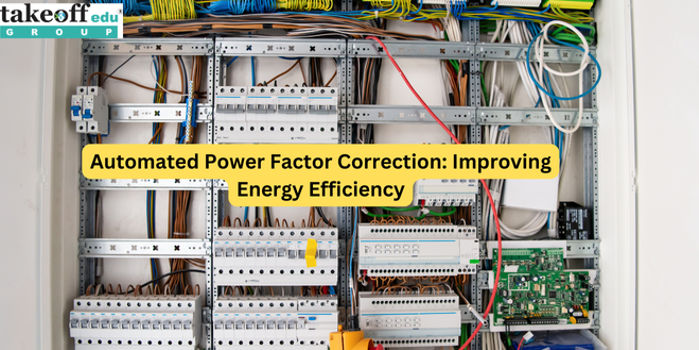 Automated Power Factor Correction: Improving Energy Efficiency
Automated Power Factor Correction: Improving Energy Efficiency 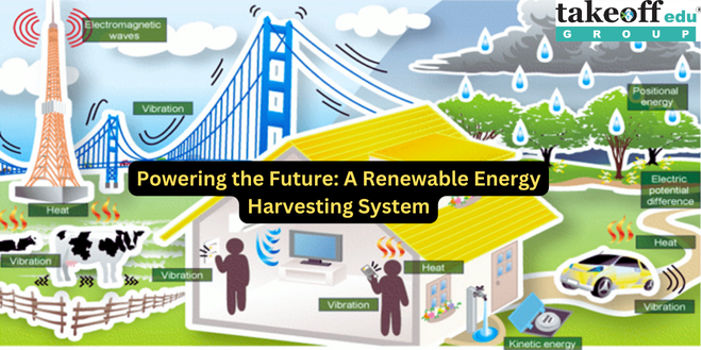 Powering the Future: A Renewable Energy Harvesting System
Powering the Future: A Renewable Energy Harvesting System 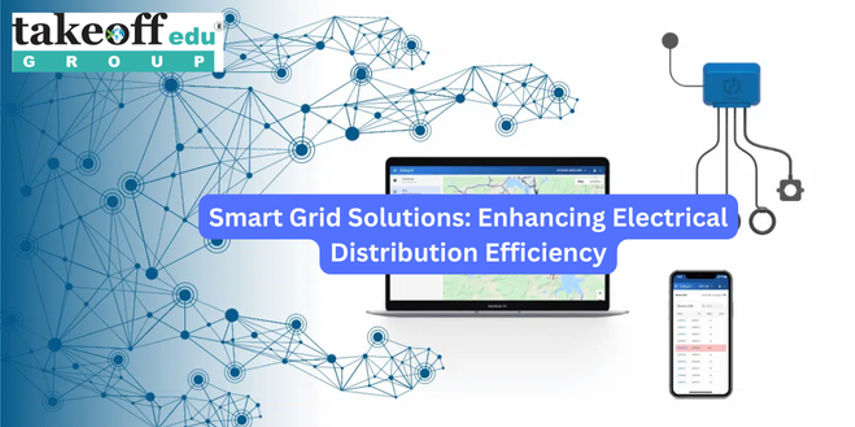 Smart Grid Solutions: Enhancing Electrical Distribution Efficiency
Smart Grid Solutions: Enhancing Electrical Distribution Efficiency 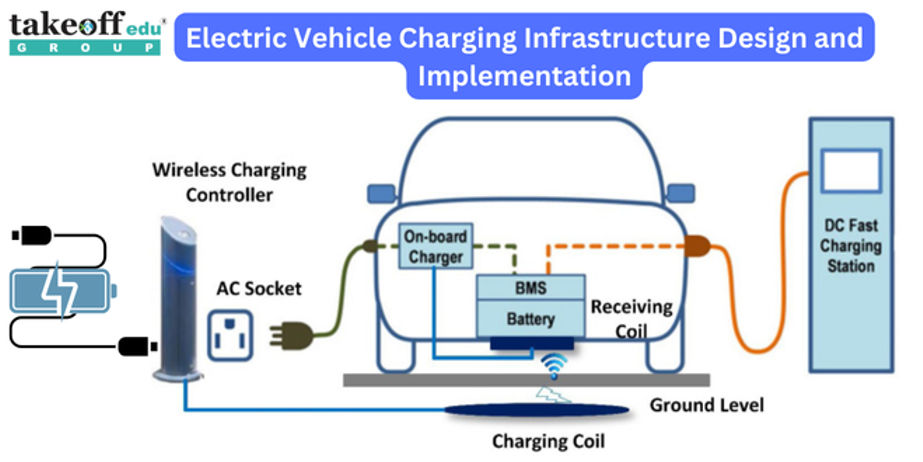 Electric Vehicle Charging Infrastructure Design and Implementation
Electric Vehicle Charging Infrastructure Design and Implementation 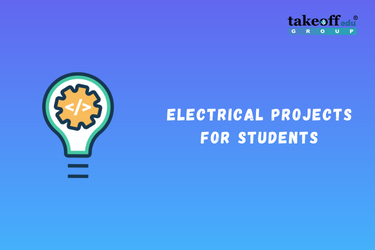 Electrical Projects Engineering Students
Electrical Projects Engineering Students 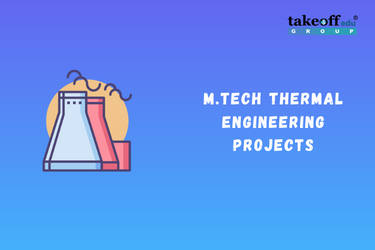 M.Tech Thermal Engineering Projects
M.Tech Thermal Engineering Projects 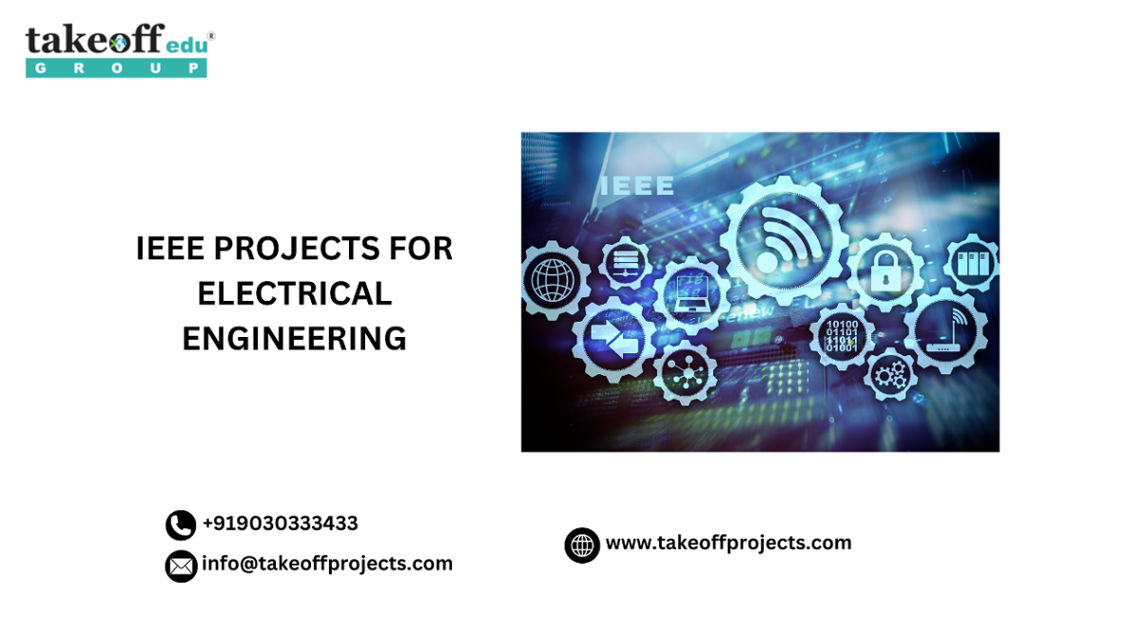 IEEE Projects for Electrical Engineering
IEEE Projects for Electrical Engineering 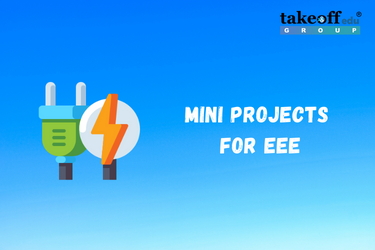 Mini Projects for EEE
Mini Projects for EEE 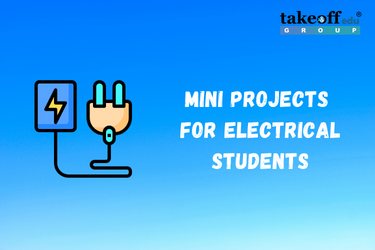 Mini Projects for Electrical Students
Mini Projects for Electrical Students  Top Electrical Projects for Final Year Students
Top Electrical Projects for Final Year Students 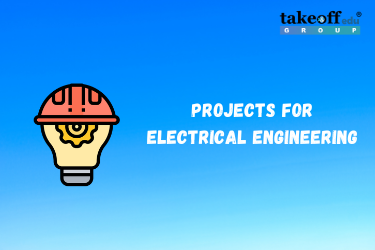 10 Interesting Projects for Electrical Engineering Students 2022
10 Interesting Projects for Electrical Engineering Students 2022 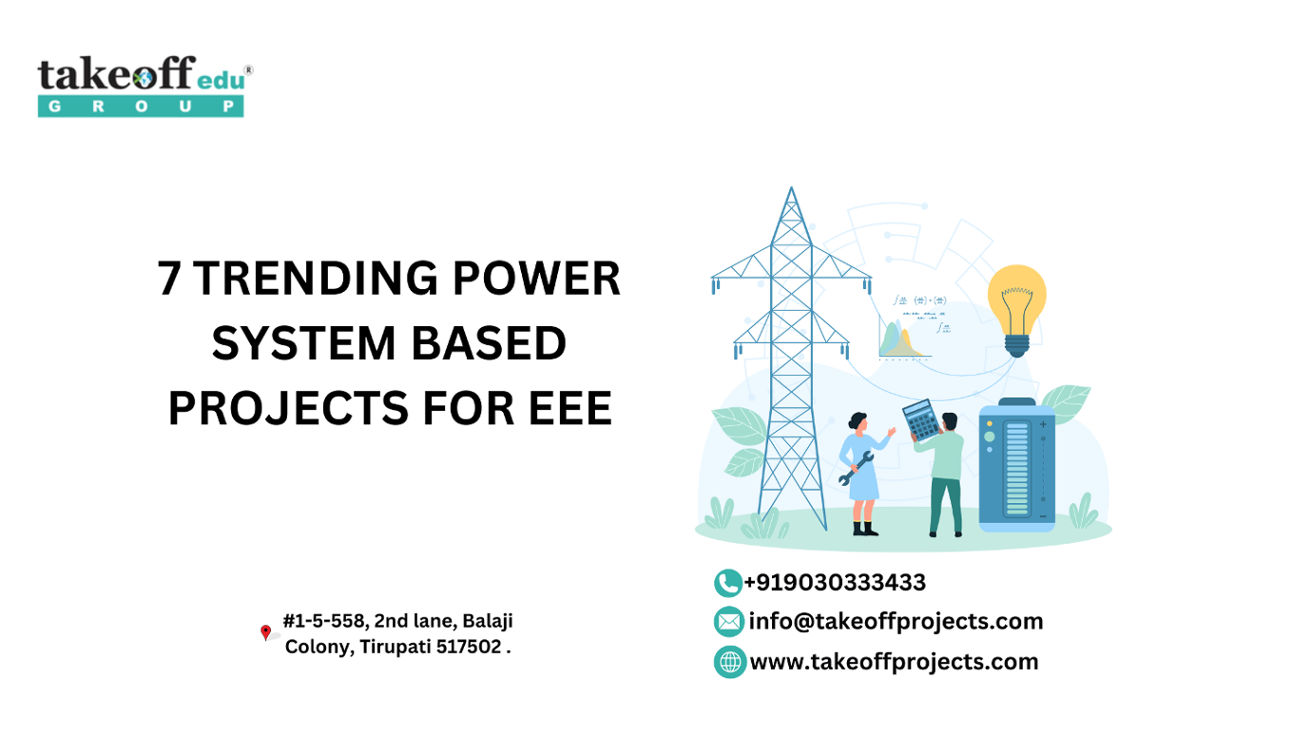 7 Trending Power Systems Based Projects for EEE
7 Trending Power Systems Based Projects for EEE  Top 10 Power Electronics Projects for EEE
Top 10 Power Electronics Projects for EEE 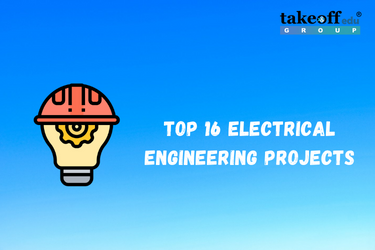 Top 16 Electrical Engineering Projects
Top 16 Electrical Engineering Projects 
 Paper Publishing
Paper Publishing


